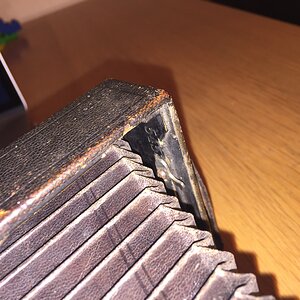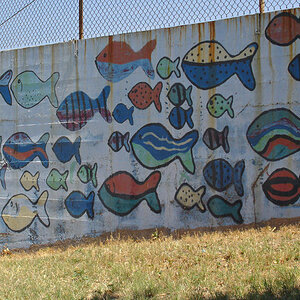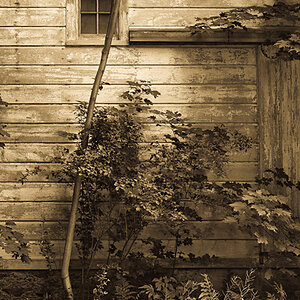ittybittypilot
TPF Noob!
- Joined
- Apr 9, 2017
- Messages
- 23
- Reaction score
- 4
- Location
- Pacific NorthWET
- Can others edit my Photos
- Photos OK to edit
Is there a technique or way to tell how large I can print particular images before they get to grainy/pixilated?
I have a few macro images I shot in raw that I plan to blow up and print for living room decor. Ideally 24"x24"
Sandy
I have a few macro images I shot in raw that I plan to blow up and print for living room decor. Ideally 24"x24"
Sandy



![[No title]](/data/xfmg/thumbnail/42/42456-a5a32b76e115de404d99d09173cd71f2.jpg?1619740191)
![[No title]](/data/xfmg/thumbnail/36/36099-feb952513e45dbf9f061ab28c1dc1121.jpg?1619737342)

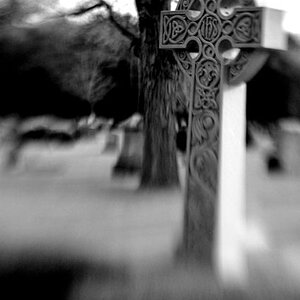

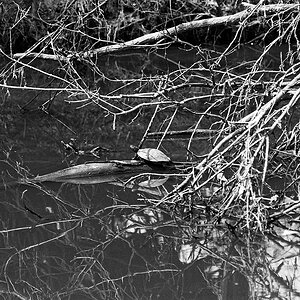
![[No title]](/data/xfmg/thumbnail/36/36100-56ca0f8143ffca369fbf5f3dfe9cabd4.jpg?1619737343)
